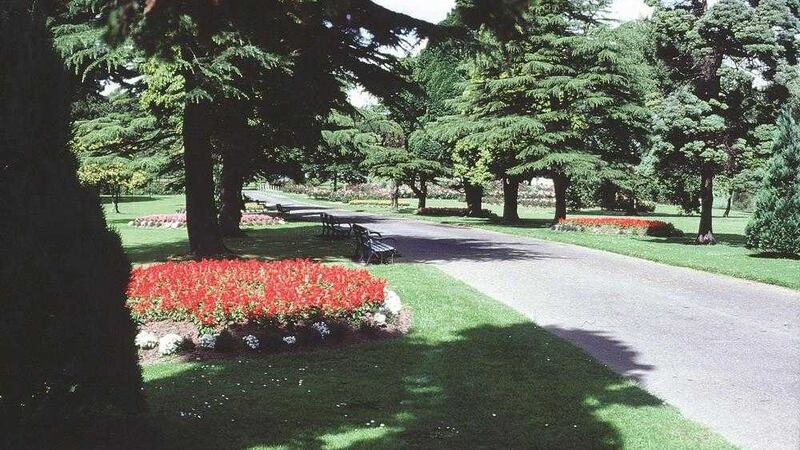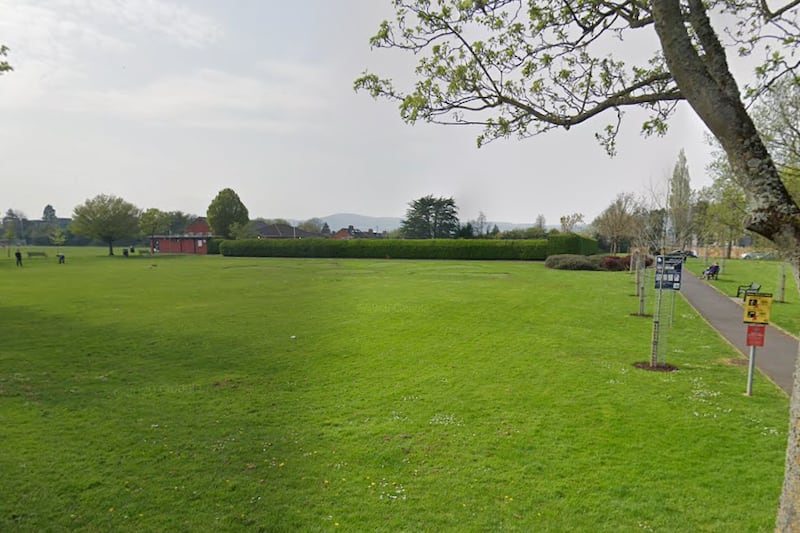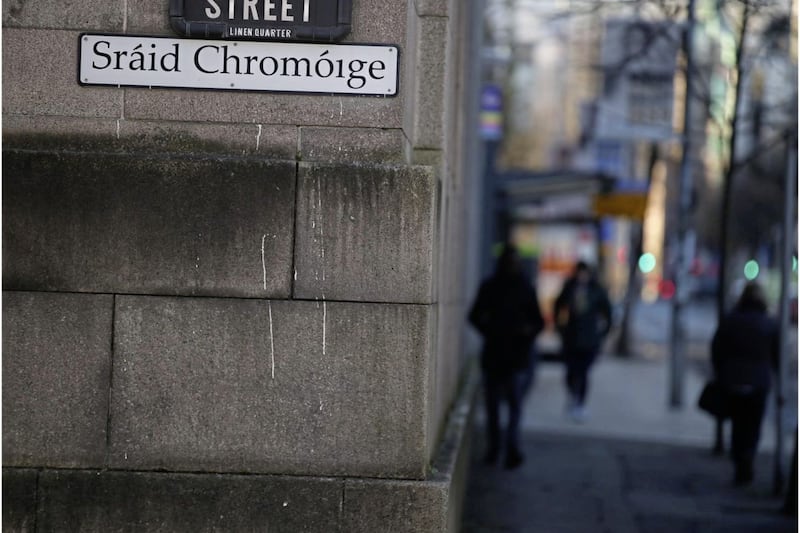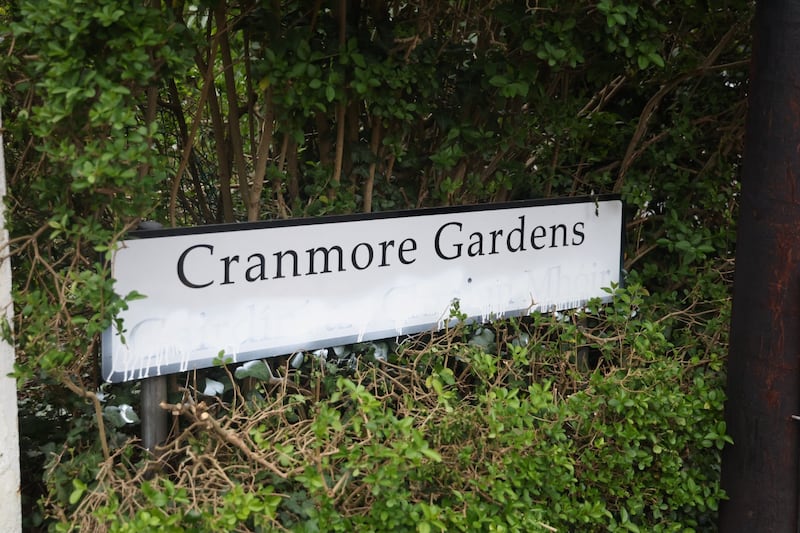BELFAST City Council has refused to designate any of its parks as `quiet areas' - despite a EU directive - in case "their future use or development may be restricted".
This has prompted fears over the future of the city's parkland, opening the possibility of future development on the vital green spaces.
The Environmental Noise Directive (END) covers "noise to which humans are exposed, particularly in built-up areas, in public parks or other quiet areas in an agglomeration".
Such `agglomerations' are defined as "more than 250,000 inhabitants" and "aim to protect quiet areas against an increase in noise" - Belfast has a population of 280,962.
The Department of the Environment (DoE) is required by the EU to designate a number of `quiet areas' which will have to be taken into account when planning applications which might impact on the area are being considered.
The guidance makes it clear that such areas should be designated in major urban areas, but the DoE's proposals are five parks, all of which lie outside the inner city and inner suburban area of Belfast - none are in the city centre, south or west Belfast.
Two lie right outside Belfast altogether - in Carrickfergus and Bangor, and two others are on the periphery of Belfast - Carnmoney and Ligoniel.
The only one which could be considered `urban' is Tullycarnet Park in east Belfast.
However, the city council rejected even this, with its People and Communities Committee saying "while it is supportive of the principle of quiet areas", it would "not support this designation".
It expressed concerns over "potential limitations and restrictions that the council may face regarding any proposed future development of these two parks".
Councillors have instead asked the DoE to change its criteria to "look beyond council-owned land".
"Concern exists that if these parks are declared as quiet areas their future use or development may be restricted".
Liz Fawcett of umbrella residents' group Belfast City Airport Watch said the decision "makes no sense".
"The city council's parks provide invaluable havens of relatively tranquillity and relaxation for Belfast citizens," she said.
"We note that part of the reasoning for the committee's decision relates to the future development of the parks, and wonder if this is being prioritised over the needs of the council's ratepayers.
"We're already deeply disappointed at the fact that the Department of the Environment has only proposed to designate two city parks in the first place, none which are easily accessible to residents living in areas affected by noise from George Best Belfast City Airport."
She contrasted the "token stance" of the DoE with "the enthusiastic approach taken by Dublin City Council and the Irish government on this issue".
In Dublin, eight open spaces - seven of which are council-owned parks - have been designated as quiet areas.
"These were all well within the urban city area of Dublin, with two in the city centre," Dr Fawcett pointed out.
A DoE spokeswoman said it "will now consider all the responses to the consultation, including from Belfast City Council, together with a number of other significant stakeholders, before final proposals for designations are put to the minister for his consideration and decision".








